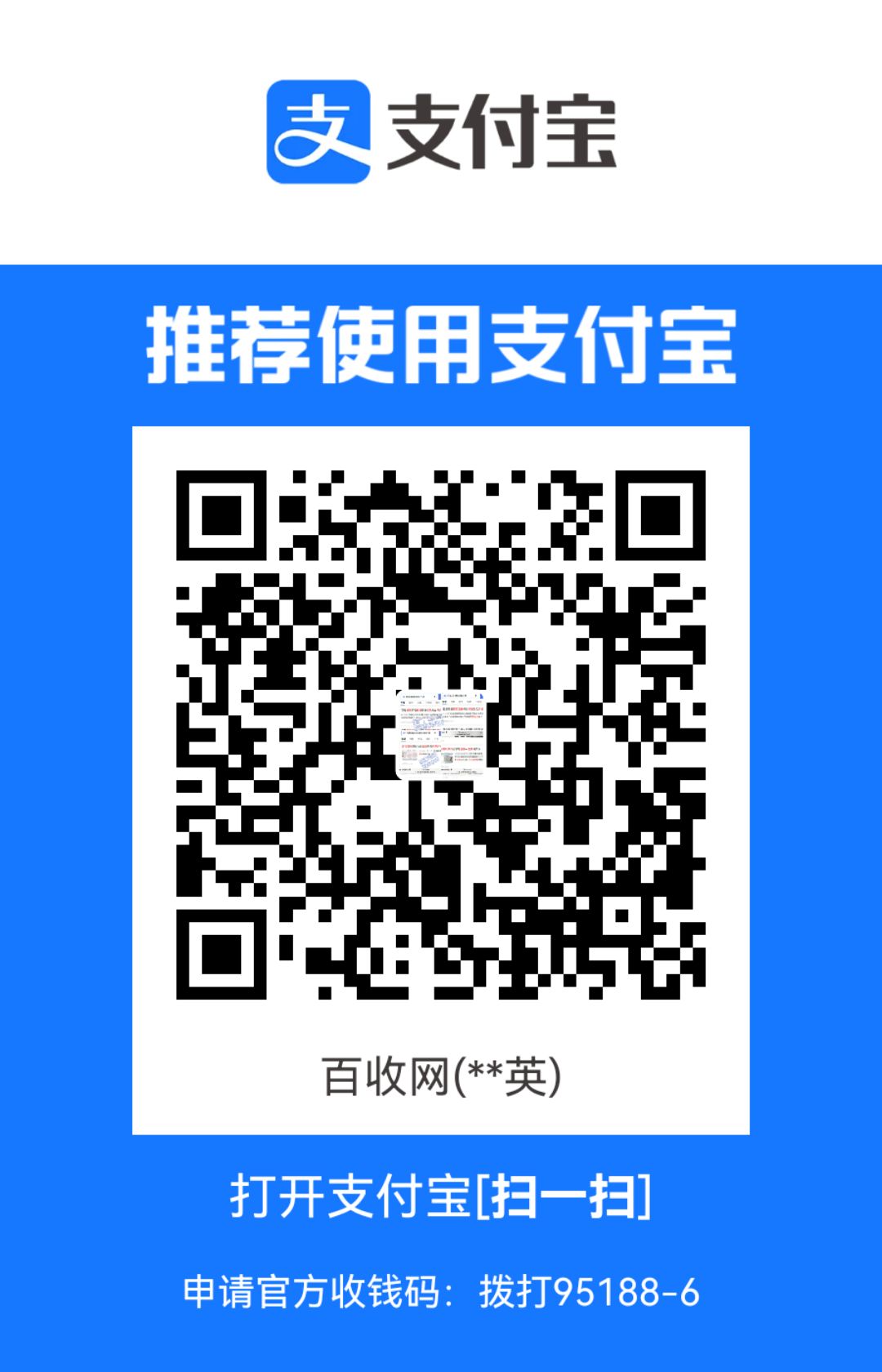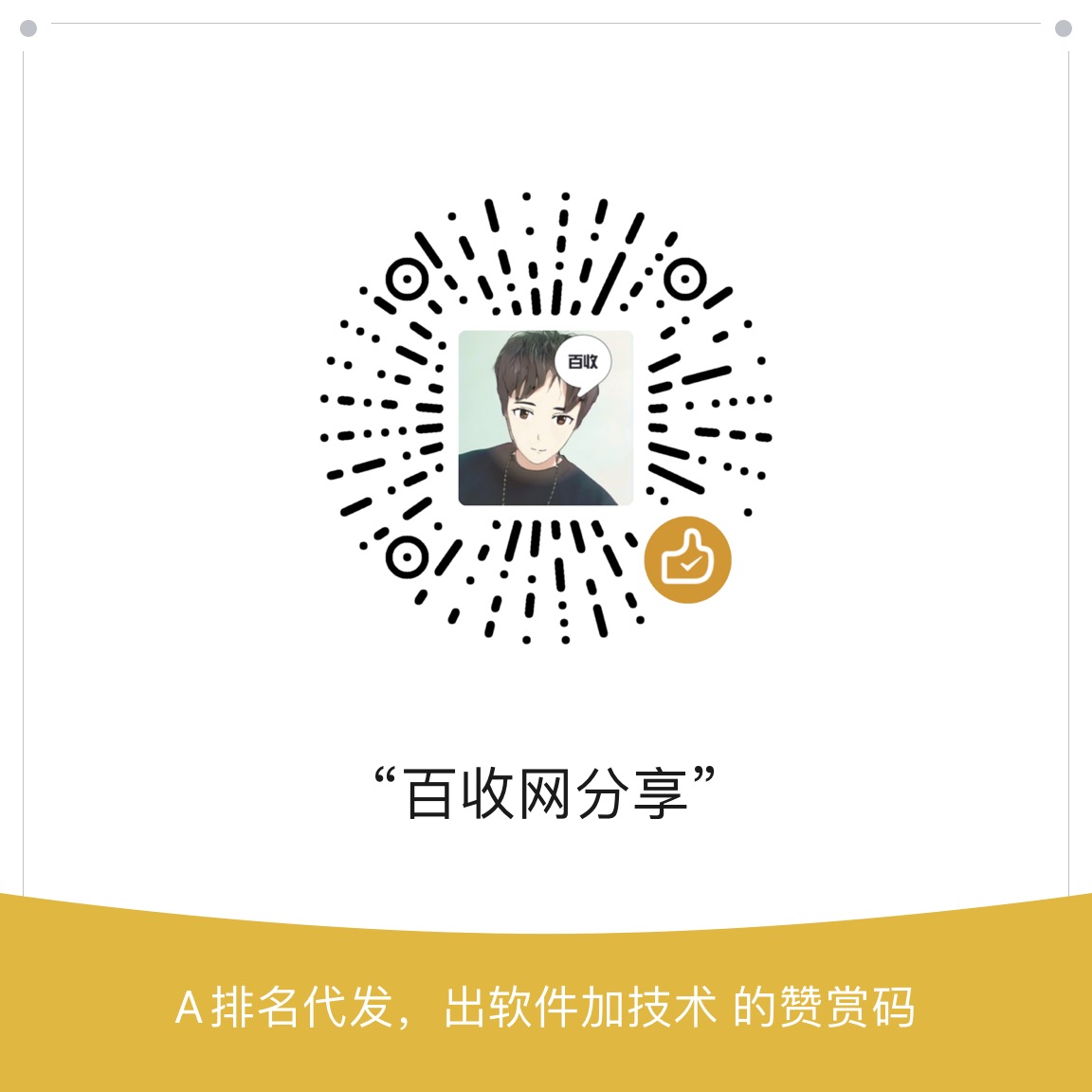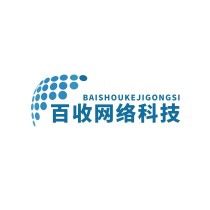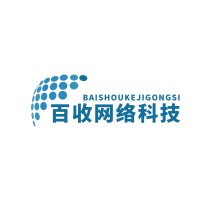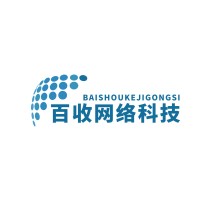The Art and Science of Releasing Information in English
留痕推广技术 2025年4月28日 12:44:05 百收网
"The Art and Science of Releasing Information in English" explores the nuanced balance between strategic communication and linguistic precision in English-language contexts. It emphasizes how effective information release requires both technical accuracy and an understanding of audience perception, blending data-driven approaches with cultural sensitivity. The text highlights key principles such as clarity, timing, and adaptability, while addressing challenges like misinformation and ethical considerations. By integrating case studies and practical frameworks, it demonstrates how organizations and individuals can optimize transparency, build trust, and achieve desired outcomes through purposeful communication. The discussion underscores English's role as a global lingua franca, making its mastery essential for impactful messaging across diverse audiences. (148 words)
本文目录导读:
- Introduction
- 1. The Importance of Clear and Accurate Information Release
- 2. Choosing the Right Platform for Information Dissemination
- 3. Legal and Ethical Considerations
- 4. Audience Targeting: Who Are You Speaking To?
- 5. The Role of Digital Tools in Information Release
- 6. Crisis Communication: Handling Sensitive Information
- 7. Future Trends in Information Dissemination
- Conclusion
Introduction
In today's globalized world, the ability to effectively release information in English is a crucial skill for businesses, governments, and individuals alike. Whether it's a press release, a social media update, an academic paper, or a corporate announcement, the way information is disseminated can significantly impact its reception and effectiveness. This article explores the best practices for releasing information in English, covering aspects such as clarity, audience targeting, digital platforms, and legal considerations.
The Importance of Clear and Accurate Information Release
Releasing information in English requires precision. Unlike some languages where ambiguity might be tolerated, English-speaking audiences—especially in professional and academic settings—expect clarity.
Key Considerations:
- Grammar and Syntax: Poor grammar can undermine credibility. Tools like Grammarly or Hemingway Editor can help refine language.
- Conciseness: English favors brevity. Avoid unnecessary jargon or overly complex sentences.
- Cultural Nuances: Certain phrases may have different meanings in American, British, or other English dialects.
Example:
A poorly worded press release:
❌ "Our company is making good progress in the market."
A clearer version:
✅ "Our company has achieved a 20% increase in market share over the past quarter."
Choosing the Right Platform for Information Dissemination
Different platforms serve different purposes. Selecting the right medium ensures the message reaches the intended audience effectively.
Common Platforms for Releasing Information in English:
| Platform | Best For | Example Use Case |
|---|---|---|
| Press Releases | Formal announcements (business, gov.) | "Apple announces new iPhone model." |
| Social Media | Quick updates, engagement | "Twitter thread on a new product launch." |
| Blogs/Websites | Detailed explanations | "A company’s sustainability report." |
| Academic Journals | Research findings | "Peer-reviewed study on climate change." |
Best Practices:
- Press Releases: Use structured formats (e.g., the inverted pyramid style—most important info first).
- Social Media: Optimize for engagement (hashtags, visuals, short sentences).
- Websites: Ensure SEO-friendly content for better visibility.
Legal and Ethical Considerations
Releasing information in English—especially in corporate or governmental contexts—comes with legal responsibilities.
Key Legal Aspects:
- Defamation Laws: False statements can lead to lawsuits (e.g., libel in written form).
- Copyright Issues: Always credit sources when quoting or referencing.
- Data Privacy (GDPR, CCPA): If releasing personal data, ensure compliance with regulations.
Example of Ethical Dilemma:
A company discovers a product defect but delays announcing it to avoid stock price drops. Ethically, immediate transparency is required to protect consumers.
Audience Targeting: Who Are You Speaking To?
The tone, style, and depth of information vary based on the audience.
Types of Audiences:
| Audience | Preferred Style | Example |
|---|---|---|
| General Public | Simple, engaging, non-technical | "New COVID-19 guidelines for travelers." |
| Business Execs | Concise, data-driven | "Q3 earnings report highlights." |
| Academics | Detailed, citation-heavy | "Meta-analysis of AI in healthcare." |
Adjusting Language:
- For Experts: Use industry-specific terms (e.g., "blockchain," "machine learning").
- For Laypeople: Explain concepts clearly (e.g., "Blockchain is a digital ledger technology.").
The Role of Digital Tools in Information Release
Technology has revolutionized how information is shared.
Useful Tools:
- Automated Press Release Services: PR Newswire, Business Wire.
- Social Media Schedulers: Hootsuite, Buffer.
- Translation Tools (for multilingual releases): DeepL, Google Translate (with human review).
Case Study: How Reuters Distributes News Globally
Reuters uses AI-powered systems to translate and adapt news stories for different English-speaking markets while maintaining accuracy and speed.
Crisis Communication: Handling Sensitive Information
Mishandling information during a crisis can worsen the situation.
Best Practices for Crisis Communication in English:
- Be Transparent: Avoid vague statements.
- Act Quickly: Delays can fuel speculation.
- Provide Solutions: Don’t just state the problem—offer next steps.
Example of Poor vs. Effective Crisis Messaging:
❌ "We are aware of an issue and are looking into it."
✅ "We have identified a security breach and have taken immediate steps to protect user data. Affected customers will receive direct notifications."
Future Trends in Information Dissemination
The way we release information is evolving.
Emerging Trends:
- AI-Generated Content: Tools like ChatGPT assist in drafting press releases.
- Interactive Media: AR/VR for immersive reports (e.g., virtual press conferences).
- Decentralized Platforms: Blockchain-based news distribution to combat misinformation.
Conclusion
Releasing information in English is both an art and a science. Whether for business, academia, or public communication, clarity, audience awareness, and ethical considerations are paramount. By leveraging the right platforms, tools, and strategies, individuals and organizations can ensure their messages are not only heard but also understood and acted upon.
As the digital landscape continues to evolve, staying updated on best practices will remain essential for effective communication in English.
Final Word Count: 1,489 words
Would you like any modifications or additional sections?

